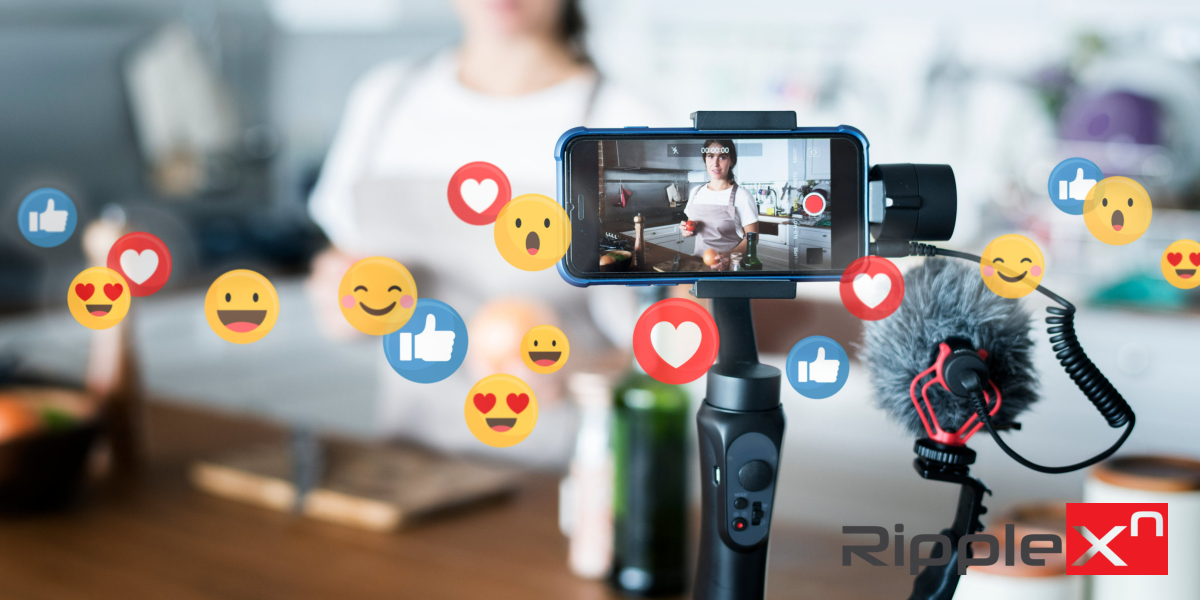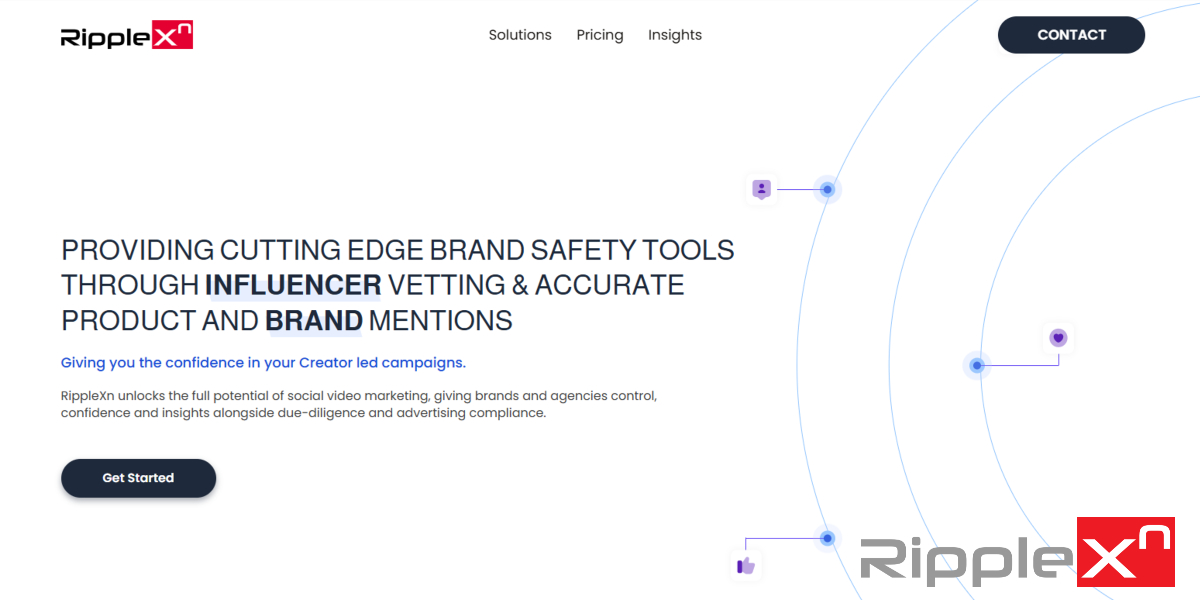In today's digital age, influencer marketing has become one of the most effective ways to promote products and services.
Influencers have a loyal following, and their recommendations can lead to increased brand awareness and sales. In this blog post, we will discuss the step-by-step guide to finding and reaching out to influencers. We will also talk about advertising compliance, success metrics, and pitfalls to avoid.
Step-by-step guide to find and reach out to influencers
Here is a step-by-step guide on how to find and reach out to influencers:
- Identify your target audience and figure out the type of influencers they follow.
- Research influencers in your niche and create a list.
- Evaluate the influencers on your list based on their engagement rate, following, and relevance to your brand (see other articles about due-diligence).
- Reach out to the influencers and build a relationship with them.
- Create a campaign that aligns with your brand and the influencer's style.
What is Advertising Compliance?
Advertising compliance refers to the rules and regulations set by domestic regulators. For example in the USA the Federal Trade Commission (FTC) to ensure that advertisements are truthful, not misleading, and backed by scientific evidence. The FTC requires influencers to disclose any relationships or sponsorships they have with brands.
What counts as advertising compliance?
According to the FTC (and world over), influencers must clearly and conspicuously disclose their relationships with brands in their posts. The disclosure must be in a language that is easy to understand and located in a prominent place. Hashtags such as #sponsored or #ad are commonly used to indicate that the post is an advertisement and in video, a phrase like “this post is sponsored by You!” Is this enough? See our many other posts and breakdowns of the actual laws. Tip: Go read them!
What does success look like?
Success in influencer marketing can be measured in various ways, including:
- Engagement rate
- Reach
- Conversions
- Sales
- Brand Awareness
These will need to align to your business objectives.
How to measure their impact
Here is a table of some popular social media platforms and some appropriate metrics to measure the success of your influencer marketing campaign. You may have your own needs for a campaign.
|
Platform |
Metric |
Notes |
|
|
Engagement rate, reach, conversions |
Instagram tyupically has the highest engagement rate among all social media platforms. |
|
Youtube |
Views, subscribers, watch time |
Youtube is excellent for long-form content. |
|
Tiktok |
Views, likes, shares |
Tiktok is ideal for short-form videos. |
|
|
Impressions, retweets, mentions |
Twitter is perfect for real-time conversations. |
There are other questions to look for in our opinion to consider around product and brand mentions, sentiment and the like.
Pitfalls or ‘things to know’ in 2023 and beyond
As technology evolves and consumer behavior changes, influencer marketing will continue to evolve. Here are some pitfalls to avoid and things to know to stay ahead of the game:
- Focus on building long-term relationships with influencers.
- Don't rely on vanity metrics; instead, focus on engagement and conversions.
- Keep up with the latest trends and changes in the industry.
- Follow advertising compliance guidelines to avoid legal issues.
- Do your background due-diligience to ensure they align, meet your company needs and expectations e.g. age appropriate language. We can help with this.
Influencer marketing can be an effective way to promote your product or service. By following the step-by-step guide and best practices, you can maximize the benefits of influencer marketing while staying compliant with advertising regulations.






